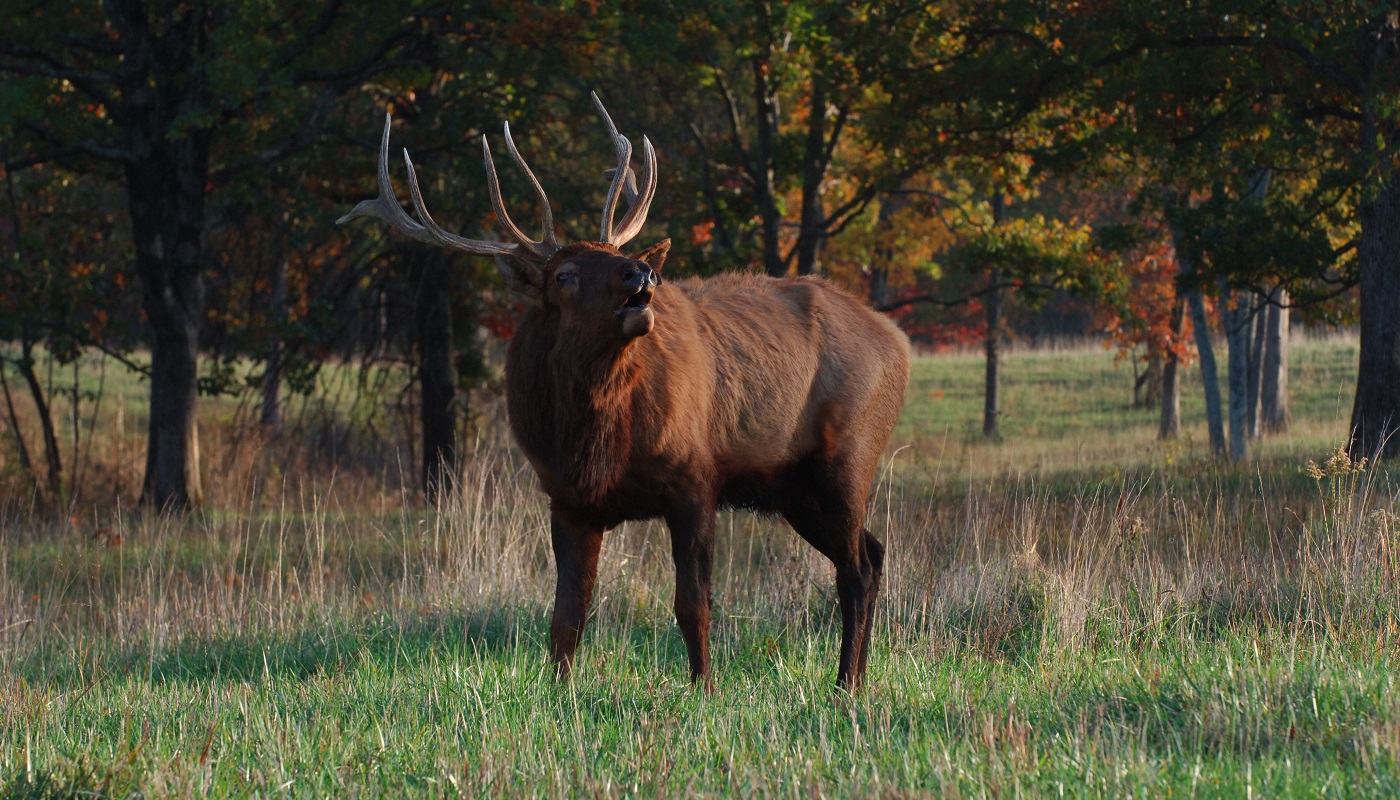With Valentine’s Day quickly approaching, many people are thinking about love. And just like how preferences and attractions differ among people, the way Cook County’s native wildlife experience romance varies greatly, too.
From special calls and dances to finding a forever partner, check out the list below for quick facts about mating and reproduction for some common species found in the Forest Preserves of Cook County.
American bullfrog
Once securing a desirable breeding territory, male American bullfrogs make their infamous calls to attract females to a mating site as well as scare away other male frogs. Their breeding season is later than other species of frogs, typically beginning in late spring to early summer.
Voles
Like humans, some species of voles prefer mating for life while others may have multiple partners.
Timberdoodles
Male timberdoodles, also known as the American Woodcock, perform a special mating ritual to attract female timberdoodles. Learn more about the “love dance” and watch a video.
Coyotes
Appearing strongly monogamous, an alpha pair of coyotes seem to bond for life. Coyotes tend to mate in February, and pups are born in mid to late spring.
Elk
At the start of mating season in late summer/early fall, bull elk will make a distinct, high-pitched call known as a bugle to attract cow elk and challenge other bull elk.
Monarch Butterflies
The mating process for monarch butterflies can last up to 16 hours. Female monarchs will lay eggs immediately after mating.
Canada Geese
Once these large birds find a mate, they’re mated for life.
Interested in learning more about Cook County’s native wildlife? Plan a visit to one of our six nature centers and talk to a naturalist or explore exhibits and view live resident animals. Many nature centers have a program or special event in honor of Valentine’s Day coming up on or around February 14. Check out our Events Page for information.

